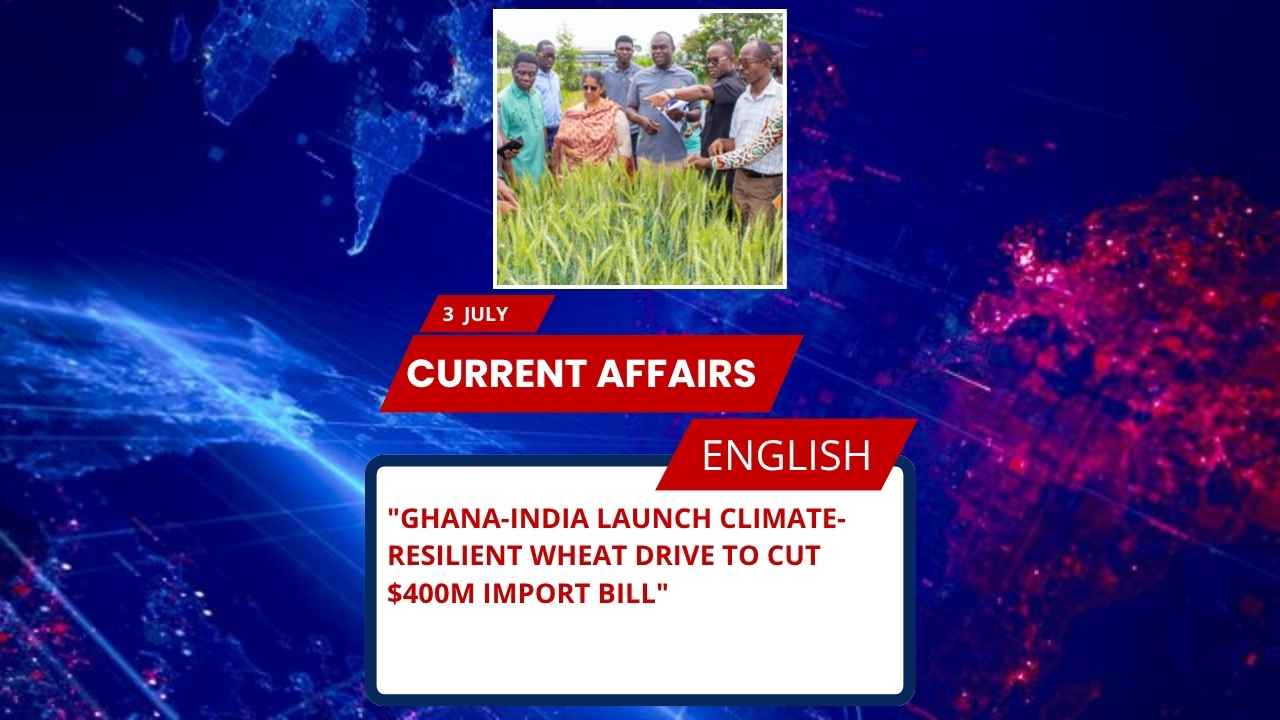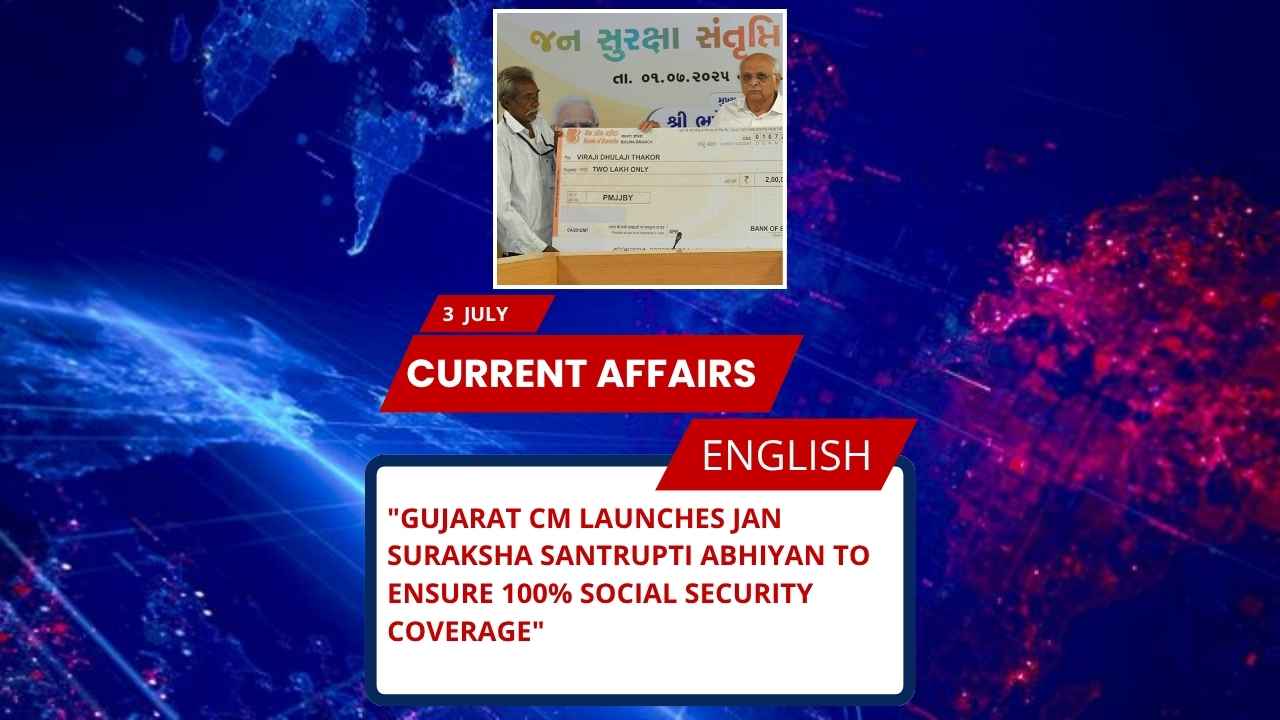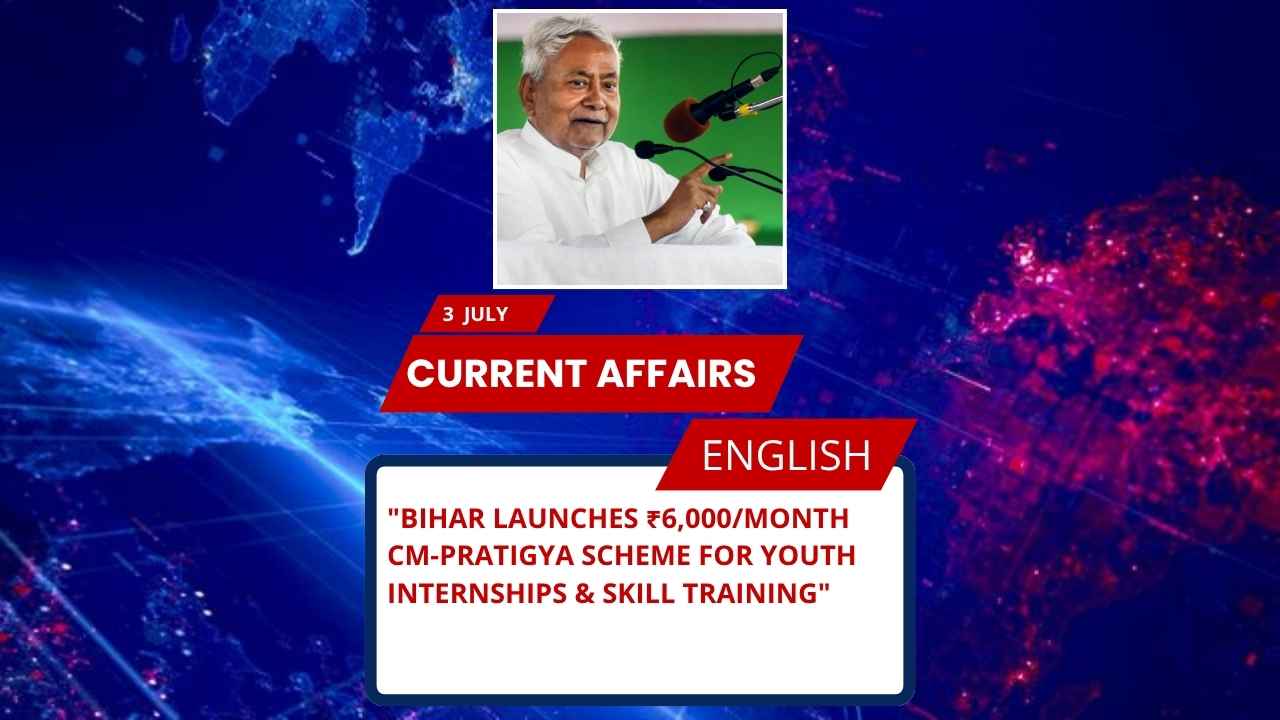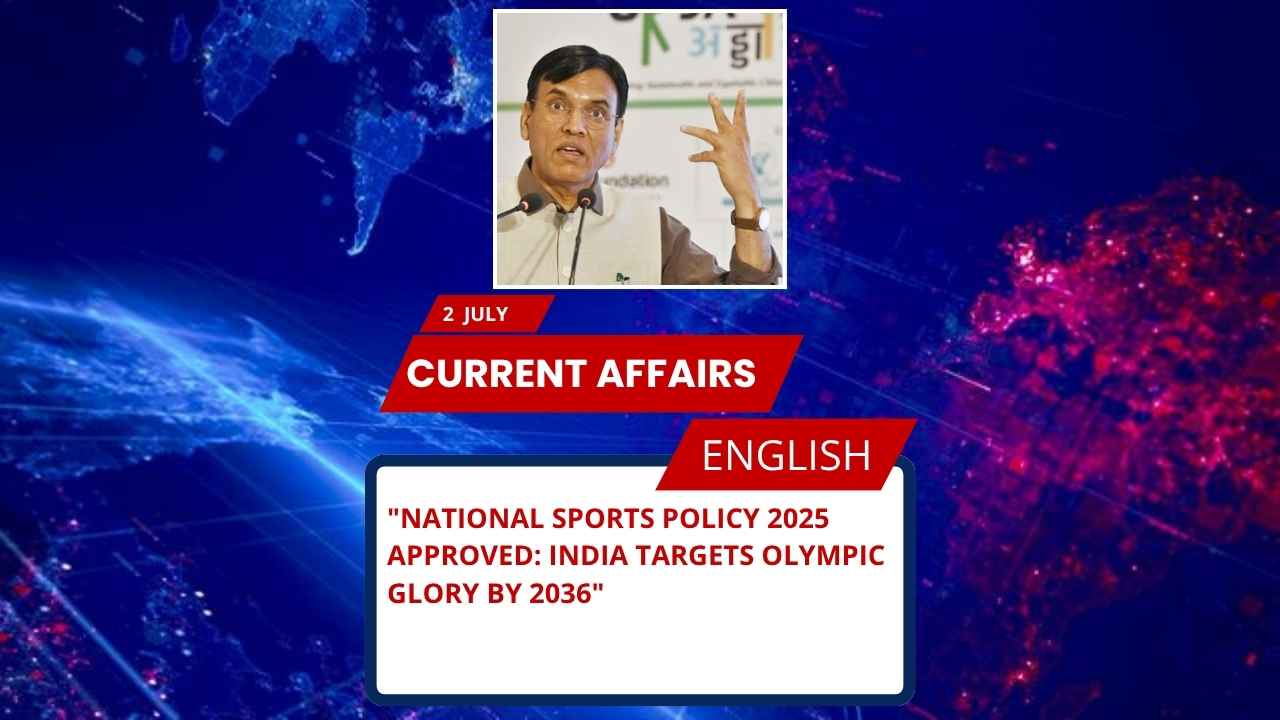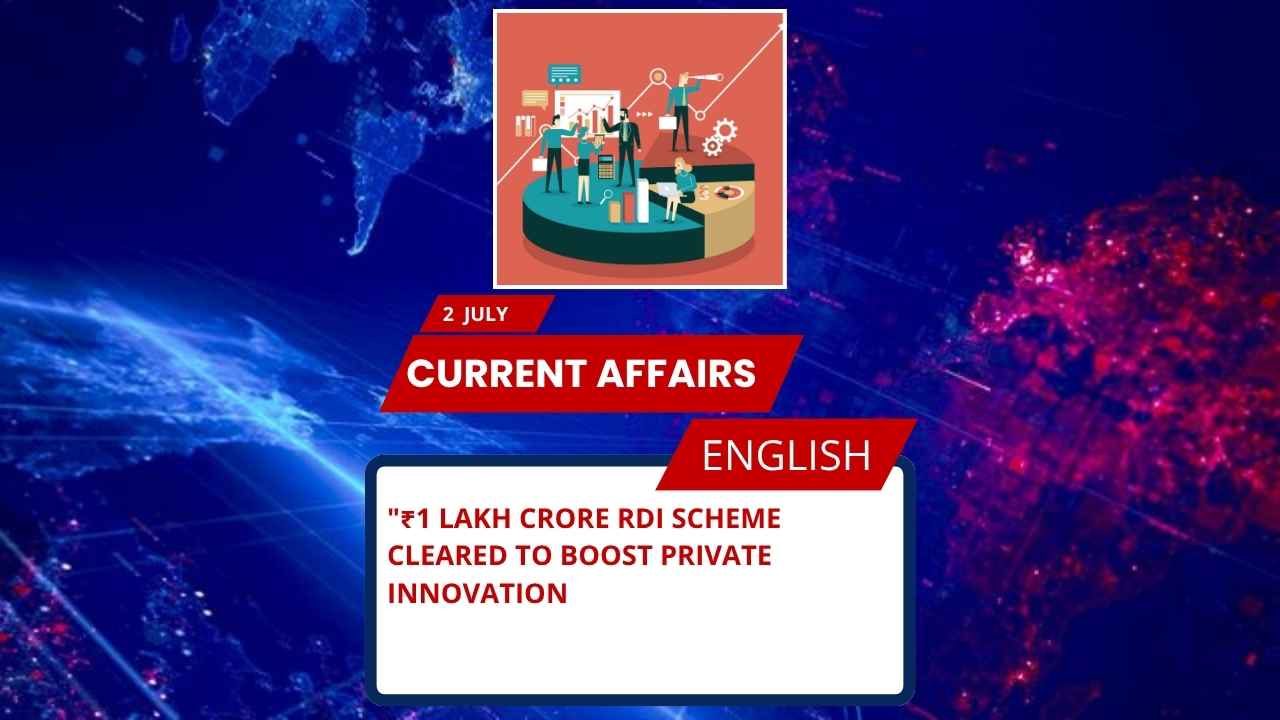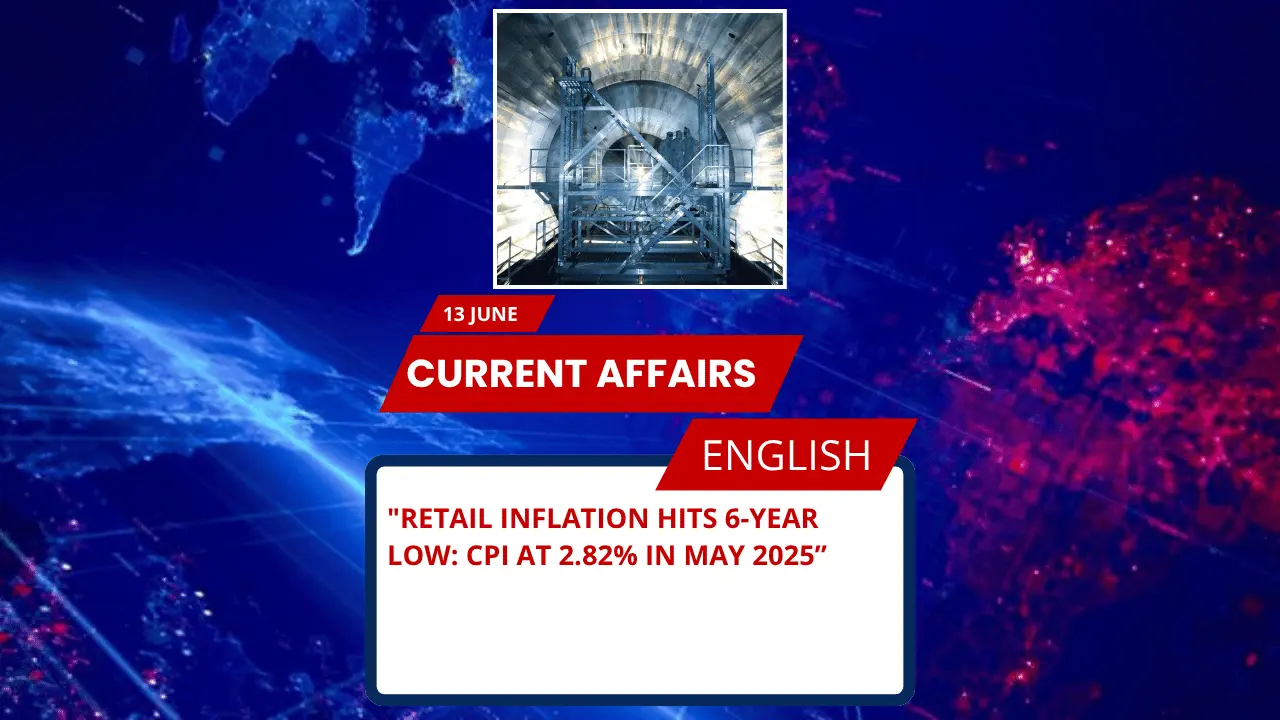
Key Points for SSC, UPSC, and Government Exams
- Retail inflation (CPI) in India fell to 2.82% in May 2025, the lowest since February 2019.
- Decline mainly driven by fall in food prices, including pulses, vegetables, fruits, cereals, and sugar.
- Rural headline inflation in May 2025 was 2.59%, compared to 2.92% in April.
- Urban headline inflation stayed below 3% as well, reflecting moderation in price rise.
- Housing inflation at 3.16% (May) vs 3.06% (April).
- Education inflation at 4.12% (May) vs 4.13% (April).
- DBS and Elara Securities expect full-year inflation below 4%, keeping space open for policy rate adjustments.
- Monetary policy focus: RBI may consider a 25 bps rate cut depending on inflation trends and monsoon impact.
Detailed Explanation
India’s Retail Inflation Cools to 2.82% in May 2025
India’s retail inflation, measured by the Consumer Price Index (CPI), dropped sharply to 2.82% in May 2025 from 3.16% in April. This marks the lowest CPI inflation rate since February 2019. The moderation in prices offers relief to both consumers and policymakers amid a mixed domestic demand scenario.
Why Inflation Fell
- Food Inflation: The sharp decline is largely due to falling prices of key food items — pulses, vegetables, fruits, cereals, sugar, eggs, and household goods.
- Rural vs Urban: Rural inflation stood at 2.59% while urban inflation was around 2.96%.
- Core Inflation: Soft core-core prints indicate slack in the economy.
Sector-wise Inflation Data
- Housing: May: 3.16% | April: 3.06%
- Education: May: 4.12% | April: 4.13%
- Consumer Food Price Index (CFPI): May: 0.99% YoY | April: 1.78%
Policy Implications
Economists from DBS Bank and Elara Securities noted that the benign inflation print may allow RBI to consider further rate cuts. The focus will remain on monsoon progress and food supply conditions as key drivers of inflationary pressures in the coming months.
Important Organization/State Details for Exams
Reserve Bank of India (RBI)
- Headquarters: Mumbai
- Governor: Shaktikanta Das (as of 2025)
- Established: 1 April 1935
India (Country Facts)
- Capital: New Delhi
- Currency: Indian Rupee (INR)
- Largest State (area): Rajasthan
- Largest State (population): Uttar Pradesh
Exam-Oriented MCQs
1. What was India’s CPI-based retail inflation in May 2025?
A) 3.16%
B) 2.82%
C) 2.59%
D) 4.12%
Answer: B) 2.82%
2. Which factor primarily contributed to the decline in retail inflation in May 2025?
A) Rise in fuel prices
B) Decline in food prices
C) Surge in housing cost
D) Increase in education fees
Answer: B) Decline in food prices
3. When was India’s retail inflation last recorded below 3% before May 2025?
A) February 2019
B) April 2019
C) October 2021
D) March 2018
Answer: A) February 2019
4. As of May 2025, who is the Governor of the Reserve Bank of India?
A) Urjit Patel
B) Shaktikanta Das
C) Raghuram Rajan
D) Nirmala Sitharaman
Answer: B) Shaktikanta Das
UPSC-Style FAQs with Answer Writing Format
Q1: Discuss the reasons behind the decline of retail inflation in May 2025 in India.
Answer:
Retail inflation in India, measured by the Consumer Price Index (CPI), declined to 2.82% in May 2025, marking the lowest level since February 2019. The primary factor behind this decline was a reduction in food inflation. Prices of essential food items such as pulses, vegetables, fruits, cereals, and sugar witnessed a year-on-year decline due to improved supply conditions and favorable base effect. Rural headline inflation also moderated to 2.59% in May from 2.92% in April, while urban inflation remained below 3%. The soft core-core inflation further indicated economic slack, supporting recent monetary and liquidity measures by the RBI.
Q2: What are the implications of declining retail inflation on monetary policy in India?
Answer:
The sharp fall in retail inflation provides the Reserve Bank of India (RBI) room to consider further monetary easing. With inflation well below the RBI’s medium-term target of 4%, policymakers may explore rate cuts to stimulate consumption and investment, especially in the context of soft private consumption growth and slack in economic activity. However, any decision will also depend on the monsoon progress and its impact on food prices. The moderation in inflation thus aligns with the objective of supporting economic recovery while maintaining price stability.


